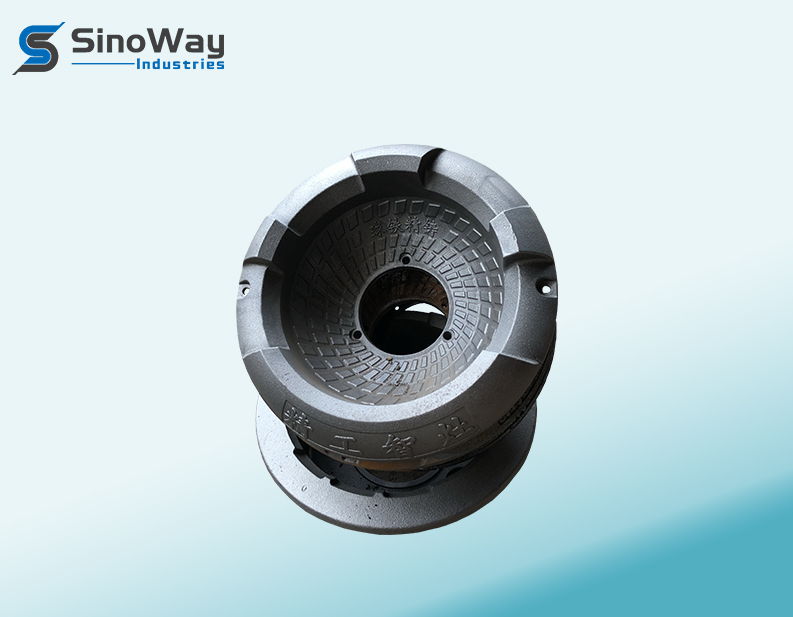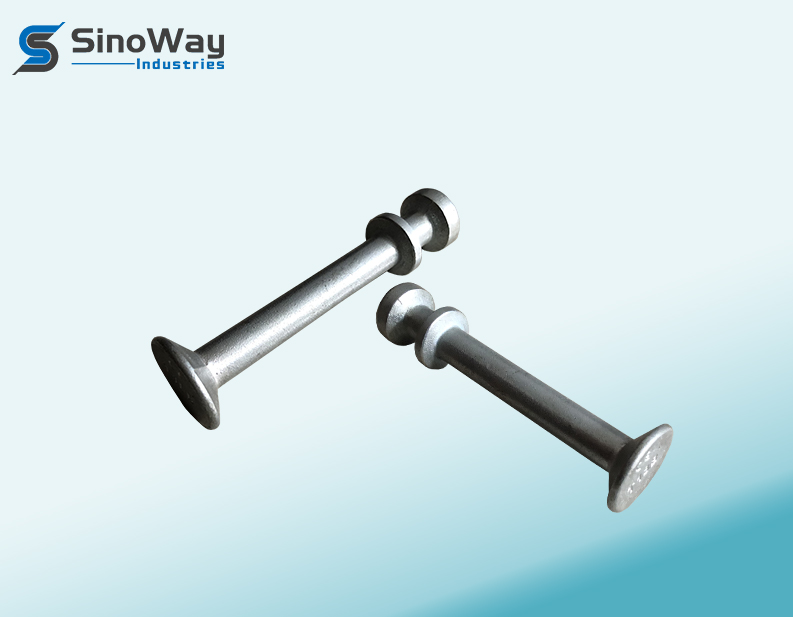In the world of manufacturing, achieving tight tolerances is crucial for ensuring the quality and functionality of metal parts. Deep drawing is a widely used metal forming process that involves the transformation of flat sheet metal into a cup or box-shaped part. This process is favored for its ability to produce complex shapes with high structural integrity. However, maintaining tight tolerances in deep drawn parts can present significant challenges. In this article, we will explore the strategies and techniques employed by Sinoway, a leading sheet metal manufacturer, to achieve tight tolerances in deep drawn metal parts.
Understanding Deep Drawing
Deep drawing is a metal forming technique that involves pulling a flat sheet of metal into a die cavity using a punch. The process can produce parts with a depth greater than their diameter, making it ideal for creating cylindrical, conical, or box-shaped components. Deep drawing is commonly used in industries such as automotive, aerospace, and consumer electronics due to its efficiency and cost-effectiveness in producing large quantities of parts.
Despite its advantages, deep drawing poses challenges in maintaining dimensional accuracy. Variations in material thickness, tool wear, and process parameters can lead to deviations from specified tolerances. Therefore, achieving tight tolerances requires meticulous planning, precise tooling, and advanced process control techniques.
Factors Affecting Tolerances in Deep Drawing
Several factors influence the ability to achieve tight tolerances in deep drawn parts. Understanding these factors is essential for developing effective strategies to control and minimize variations:
- Material Properties: The mechanical properties of the sheet metal, such as yield strength and ductility, play a critical role in the deep drawing process. Variations in material properties can lead to inconsistent deformation and affect the final dimensions of the part.
- Tool Design and Condition: The design and condition of the tooling, including the die and punch, significantly impact the forming process. Worn or improperly designed tools can cause dimensional inaccuracies and surface defects.
- Lubrication: Proper lubrication is essential to reduce friction between the sheet metal and the tooling. Inadequate lubrication can lead to increased tool wear and inconsistent material flow, affecting tolerances.
- Process Parameters: Parameters such as punch speed, blank holder force, and draw ratio must be carefully controlled to achieve desired tolerances. Deviations in these parameters can result in defects such as wrinkling, tearing, or excessive thinning.
Strategies for Achieving Tight Tolerances
Sinoway employs a range of strategies to achieve tight tolerances in deep drawn metal parts. These strategies encompass material selection, tooling design, process optimization, and quality control measures.
1. Material Selection
Selecting the right material is the first step in ensuring tight tolerances. Sinoway works closely with material suppliers to source high-quality sheet metal with consistent properties. Material specifications are carefully evaluated to match the requirements of the deep drawing process, considering factors such as thickness, ductility, and surface finish.
2. Precision Tooling Design
Tooling design is a critical aspect of achieving tight tolerances. Sinoway utilizes advanced computer-aided design (CAD) software to create precise tooling geometries. Finite element analysis (FEA) is employed to simulate the deep drawing process and optimize tool designs for minimal deformation and stress concentrations. Additionally, regular maintenance and inspection of tooling ensure consistent performance and longevity.
3. Process Optimization
Process optimization involves fine-tuning the parameters of the deep drawing operation to achieve desired tolerances. Sinoway employs statistical process control (SPC) techniques to monitor and adjust process variables in real-time. By analyzing data from sensors and feedback systems, Sinoway can identify trends and make necessary adjustments to maintain dimensional accuracy.
4. Advanced Lubrication Techniques
Effective lubrication is crucial for reducing friction and wear during the deep drawing process. Sinoway utilizes advanced lubrication systems that deliver precise amounts of lubricant to critical areas of the tooling. This ensures smooth material flow and minimizes the risk of defects such as galling or scoring.
5. Quality Control and Inspection
Quality control is an integral part of Sinoway’s manufacturing process. Advanced metrology equipment, such as coordinate measuring machines (CMM) and laser scanners, are used to inspect the dimensions and surface finish of deep drawn parts. By implementing rigorous inspection protocols, Sinoway ensures that every part meets the specified tolerances before it reaches the customer.
Case Study: Achieving Tight Tolerances in Automotive Components
Sinoway’s expertise in achieving tight tolerances is exemplified in a recent project involving the production of deep drawn components for the automotive industry. The project required the manufacture of complex, high-strength steel parts with stringent tolerance requirements to ensure proper fit and function in vehicle assemblies.
By leveraging their advanced tooling design capabilities and process optimization techniques, Sinoway successfully produced parts that consistently met the specified tolerances. The use of high-quality materials, precision tooling, and robust quality control measures ensured that the parts not only met but exceeded customer expectations in terms of dimensional accuracy and surface finish.
Conclusion
Achieving tight tolerances in deep drawn metal parts is a challenging yet essential aspect of modern manufacturing. By understanding the factors that influence tolerances and employing advanced strategies for material selection, tooling design, process optimization, lubrication, and quality control, Sinoway has established itself as a leader in the production of high-precision deep drawn components.
As industries continue to demand higher quality and more complex parts, the ability to maintain tight tolerances will remain a critical differentiator for manufacturers. Sinoway’s commitment to innovation and excellence ensures that they are well-equipped to meet these challenges and deliver superior products to their customers.
For more information on Sinoway’s capabilities and services in deep drawn metal parts, please visit their website or contact their technical team for personalized assistance.







